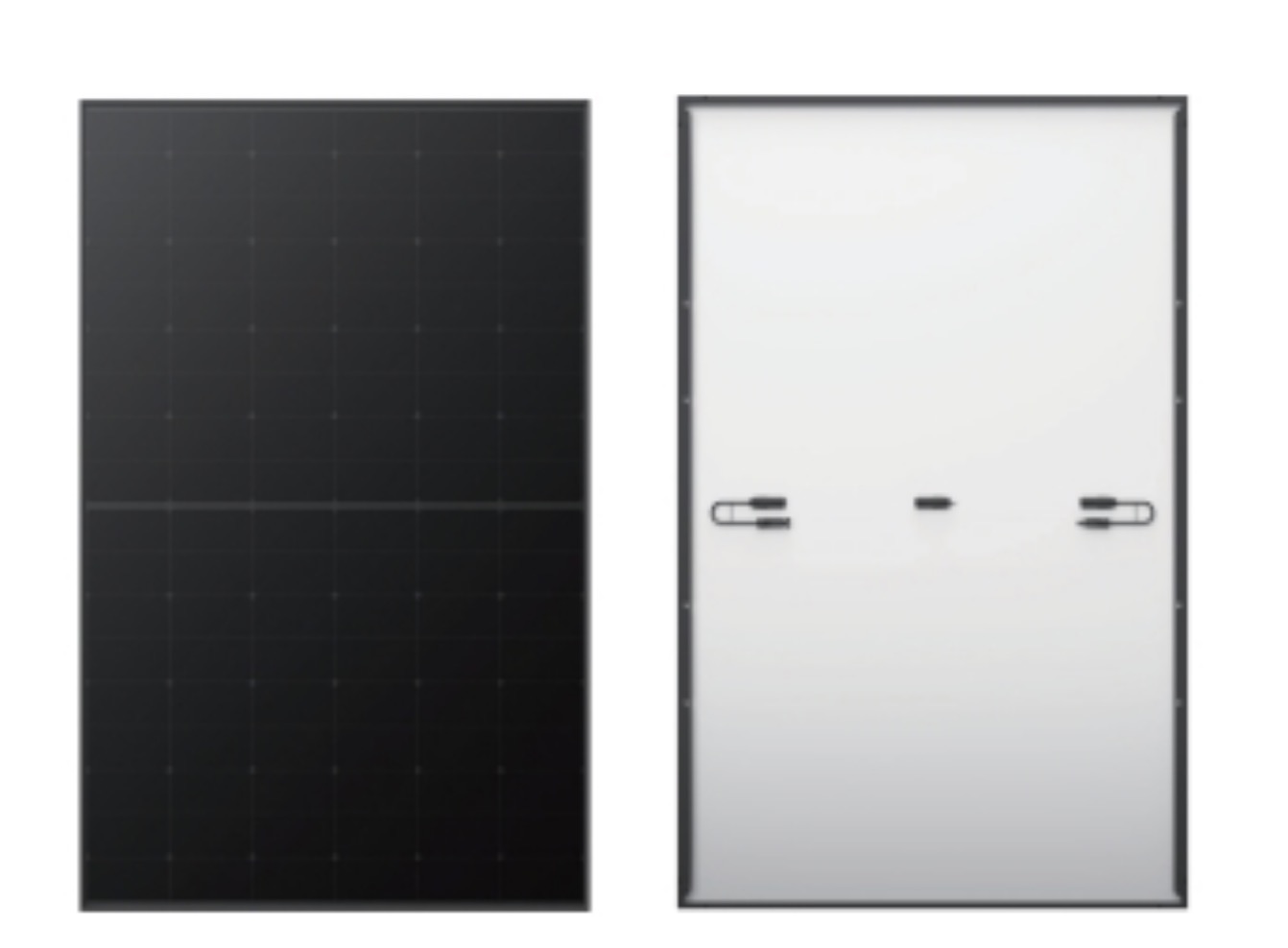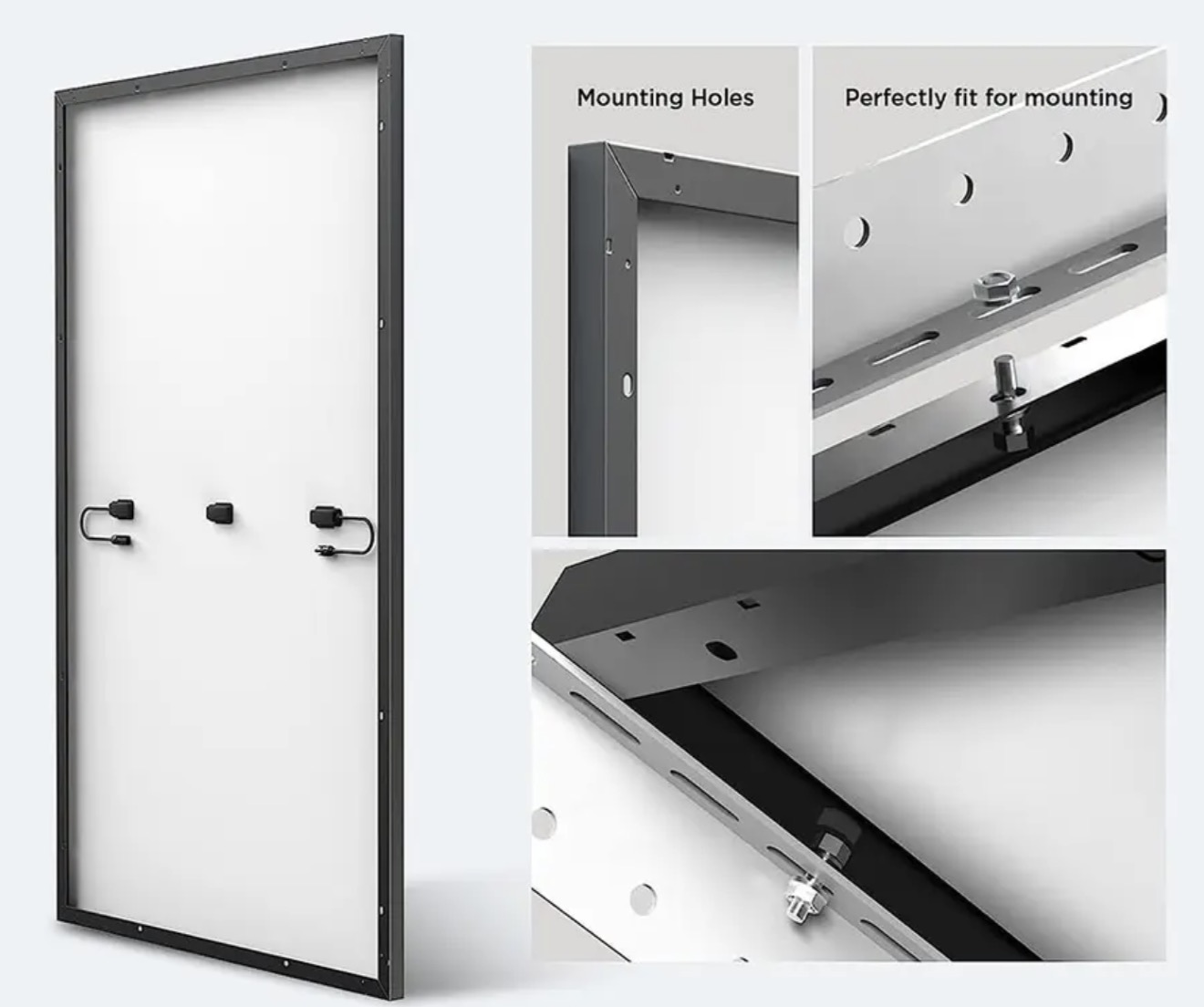**1. Introduction**
With the rapid development of society and the continuous growth of energy consumption, especially in the construction sector, building energy use has become one of the major contributors to overall energy demand. It ranks as the third-largest energy consumer after industry and transportation. If this trend continues, it is expected that energy supply will not be sufficient to meet future demands. Therefore, reducing energy consumption has become a critical issue that needs immediate attention. Large-scale public buildings, although they account for a smaller total energy share compared to residential buildings, have a much higher energy consumption per unit area. This makes them an ideal target for energy-saving initiatives. Implementing an energy monitoring system for these buildings allows for better understanding of their energy usage patterns, which lays the foundation for developing effective energy-saving policies and making informed decisions. With China's ongoing urbanization and economic growth, building energy consumption is increasing rapidly, posing significant challenges to national energy security. Hence, promoting energy conservation in buildings is more urgent than ever.
**2. Design Basis**
The system is designed based on several key standards, including:
- ISO/IEC 11801: International Integrated Cabling Standard
- GB/T 50198: Technical Specifications for Monitoring System Engineering
- GB 50052-2009: Design Specification for Power Supply and Distribution System
- GB 50054-2011: Low Voltage Distribution Design Code
- GB/T 50063-2008: Design Specifications for Electrical Measuring Instruments
- IEC 61587: Electronic Equipment Mechanical Structure Series
- DL/T 448-2000: Technical Management Regulations for Electric Energy Metering Devices
- DL/T 698.1-2009: General Rules for Energy Information Collection Systems
- DL/T 698.2-2010: Master Specifications for Energy Information Collection Systems
- DL/T 698.31-2010: General Requirements for Energy Information Collection Terminals
- DL/T 698.35-2010: Particular Requirements for Low-Voltage Centralized Meter Reading Terminals
- DL/T 698.41-2010: Communication Protocol Between Master and Power Information Collection Terminals
- DL/T 698.42-2010: Downlink Communication Protocol for Concentrators
These standards ensure the system meets the highest technical and safety requirements.
**3. Project Overview**
Located in Yinchuan City, Ningxia Province, the Yinchuan Jianfa Da Yuecheng Hyatt Hotel is strategically situated in the Jinfeng business district. The hotel is located within a complex that also includes two city bus routes running through the first floor, providing direct and quick access to the train station and other administrative areas. Its convenient transportation links make it an ideal location for both business and leisure travelers. Additionally, it is just a short walk from the Yinchuan CBD Business Center.
The project focuses on monitoring water, cold, and hot meters within the hotel. Data collected from these devices is analyzed and processed to improve energy efficiency and support better energy management. This system plays a crucial role in achieving energy savings and optimizing resource use.
**4. System Architecture**
The Acrel-Acener-5000 Energy Analysis Management System is implemented at the hotel. Based on the site conditions, the network structure uses shielded twisted pair cables to connect directly to the intelligent gateway, transmitting data via a TCP/IP network to the monitoring host.
The system adopts a hierarchical distributed computer network structure, consisting of three layers: the station control management layer, the network communication layer, and the field device layer. All instruments are connected via 485 shielded twisted pair cabling to the fire control room, where the intelligent gateway collects and manages the data, ensuring accurate and real-time monitoring.
**5. System Software Modules**
- **Comprehensive Energy Consumption Main Interface**: Displays the building's layout, basic information, monthly electricity consumption pie charts, and various energy sources. Users can select different buildings or time periods to view energy consumption trends, with automatic refreshes for real-time updates.
- **Branch Energy Usage**: Allows users to track daily, weekly, monthly, quarterly, and annual energy use for each branch. The system provides visual graphs showing energy consumption trends and enables queries by date or custom time ranges.
- **Statistical Energy Consumption**: Offers detailed analysis of energy use by sub-items, including year-on-year comparisons, pie charts, stacked charts, and rankings of top-consuming branches.
- **Energy Usage Reports**: Generates reports on energy use over specific periods, allowing users to view trends and export data to Excel for further analysis.
- **Year-on-Year Ratio Analysis**: Compares current energy consumption with previous years and months, helping assess energy-saving performance and adjust targets accordingly.
- **Configuration Options**: Enables setting up building details, instrument types, and energy calculation methods. These configurations affect how energy consumption is analyzed and reported.
**6. Future Outlook**
The system will store collected data and generate visual charts to provide a clear overview of energy usage. It will also help identify high-energy consumption points by analyzing loop ratios and proportions, enabling targeted improvements. Through energy consumption analysis, the hotel can implement energy-saving measures, reduce operational costs, and enhance profitability.
**7. Conclusion**
This building energy consumption system is designed to address rising energy prices and shortages. After implementation, it reduces staff workload, improves work efficiency, and provides intuitive analysis for decision-making. It plays a vital role in promoting energy conservation and achieving environmental goals.
**About the Author**
He Meifang is a researcher at Ankerui Electric Co., Ltd., focusing on smart grid power distribution. She can be contacted at 021-69156950 or via QQ.
Product details and pic
All black solar panels or black frame Solar Panel, power range around 400w to 460w which is higher solar panel efficiency the front black or front and back are both black.
All black solar panel data
| mono type | mono crystalline half cut cell |
| power range | 400watt to 460watt |
| dimensions | 1176*1134*30mm |
| type | monofacial type or bifacial type |
Product details and pic


All Black Solar Panel,Trina Solar Panel Vertex S,Mono Crystalline Pv Modules,Full Black Solar Panels 420Watt
PLIER(Suzhou) Photovoltaic Technology Co., Ltd. , https://www.pliersolar.com
